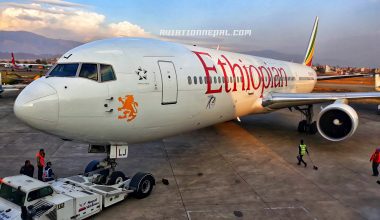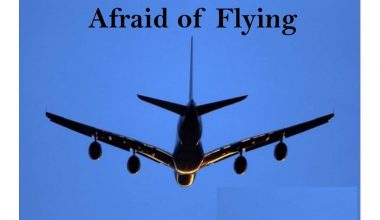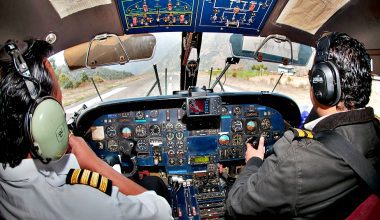
All you need to know about flight catering
The first regular passenger service by airplane began in August 1919 in Europe, between England and France, and flight catering was there from the very start. Game and cream teas were served during the two hour flight. These were enjoyed by passengers on the outward journey from England, but refused on the return trip because of the extremely bumpy flight conditions. This was at a time when few aircraft carried no more than four passengers and closed cabins were not enclosed.
Flight catering is one of the largest industries in the world which serves more than 1 billion passengers each year. It is the complex operational system requiring highly professional staffs in huge numbers. Large international airlines have more takeoff and landings everyday pressuring the flight catering services.
A single, long-haul Boeing 747 has over 40,000 items loaded on to it before it flies. All together these items weigh 6 metric tons and occupy a space of 60 cubic meters. These items range from meals to toilet bags, from duty-free goods to first aid boxes, from newspapers to headsets. Food items must be fresh and items for personal passenger use must be clean and serviceable.
Emirates flight catering is one of the largest catering services based in Dubai. More than 450 chefs from different nationalities including Nepal prepare meals for over 1,500 different menus to satisfy the appetite of passengers on flight. The Emirates catering has a design capacity for producing 1, 30,000 meal trays per day.
Once the trolleys are received from an aircraft, the prepared food undergoes various procedures to finally be ready for serving passengers on board. The meal carts are transported to the aircraft by vans satisfying the sky-high appetites of passengers across the globe.
Due to all this facts, flight catering has proved to be unique than any other catering services. Cabin crew serves foods to passengers on a tray which resembles to service style practices in restaurant and cafeterias. Mostly there are far more loaders and drivers employed than chefs. The way food and equipment is stored resembles a freight warehouse, and the way meals and equipment are transported and supplied has a close affinity to military-style logistics and distribution systems.
A passenger flight carries varieties of items so; it is pretty complex for loaders and drivers to manage the cargo. President of KLM Catering once said, “Flight catering is 70 per cent logistics and 30 per cent cooking.”
Are food and its on board services important to airlines to attract passengers? According to the various surveys over past years, passengers are focused on safety, comfort, schedule/ticketing issues and aircraft structures. This means that while food is important, it is unlikely to be the deciding factor in a passenger’s airline choice.






